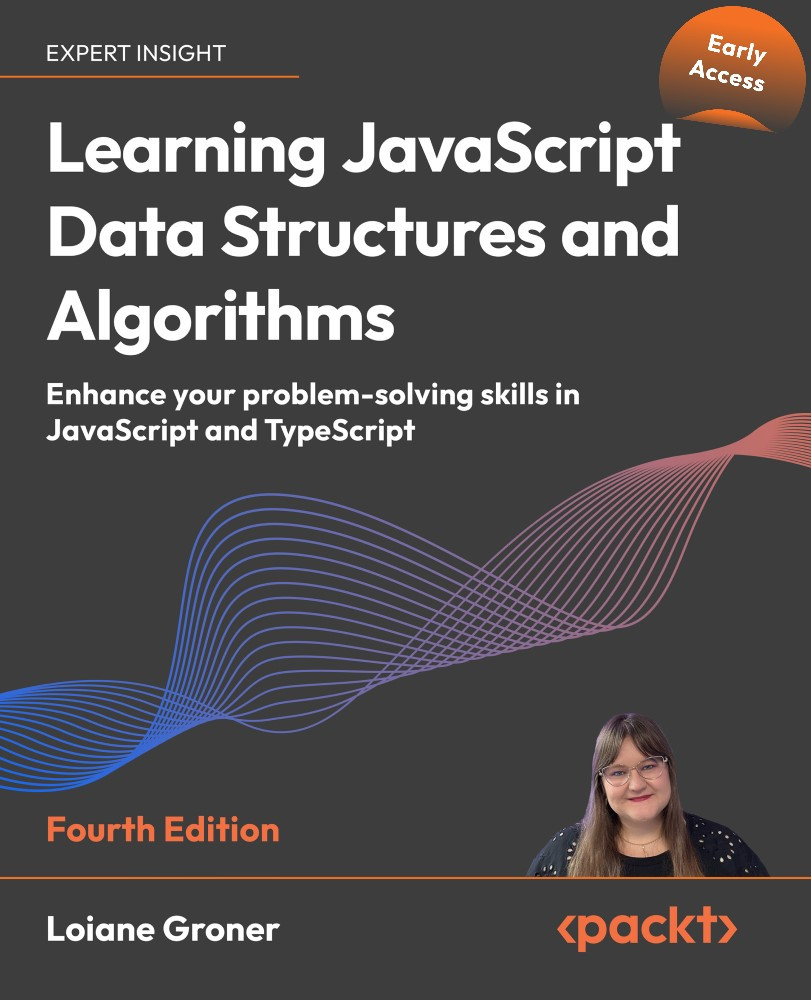Space complexity
Space complexity refers to the amount of memory (or space) an algorithm uses to solve a problem. It is a measure of how much additional storage the algorithm requires beyond the space occupied by the input data itself.
It is important to understand space complexity as real-world computers have finite memory. If the algorithm's space complexity is too high, it might run out of memory on large datasets. And even if we have plenty of memory, an algorithm with a high space complexity can still be slower due to factors like increased memory access times and cache issues. Also, it is all about tradeoffs. Sometimes, we might choose an algorithm with a slightly higher space complexity if it offers a significant improvement in time complexity. This of course, needs to be reviewed case by case.
Big O notation works for space complexity just like it does for time complexity. It expresses the upper bound of how the algorithm's memory usage grows as the input size increases...

































































